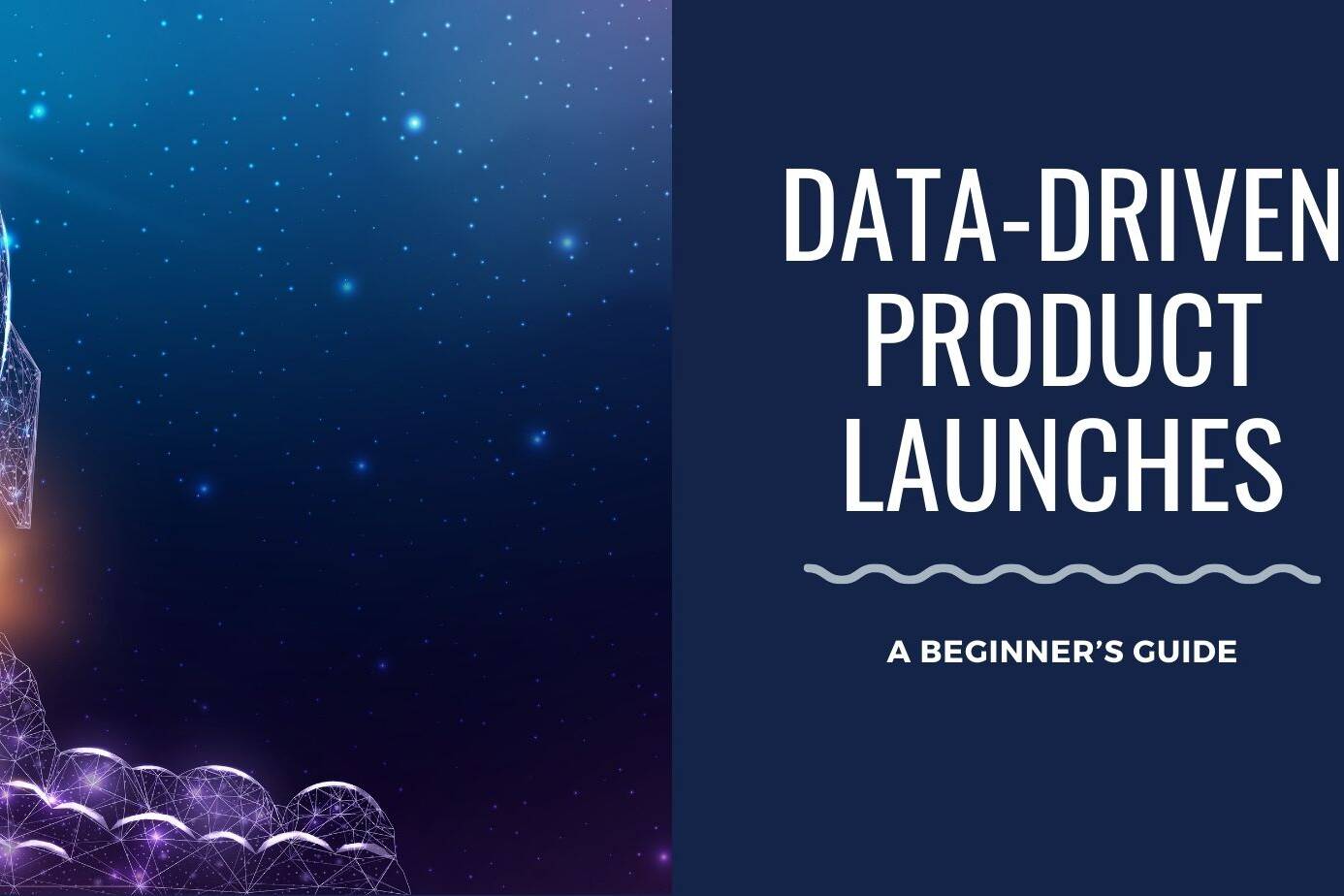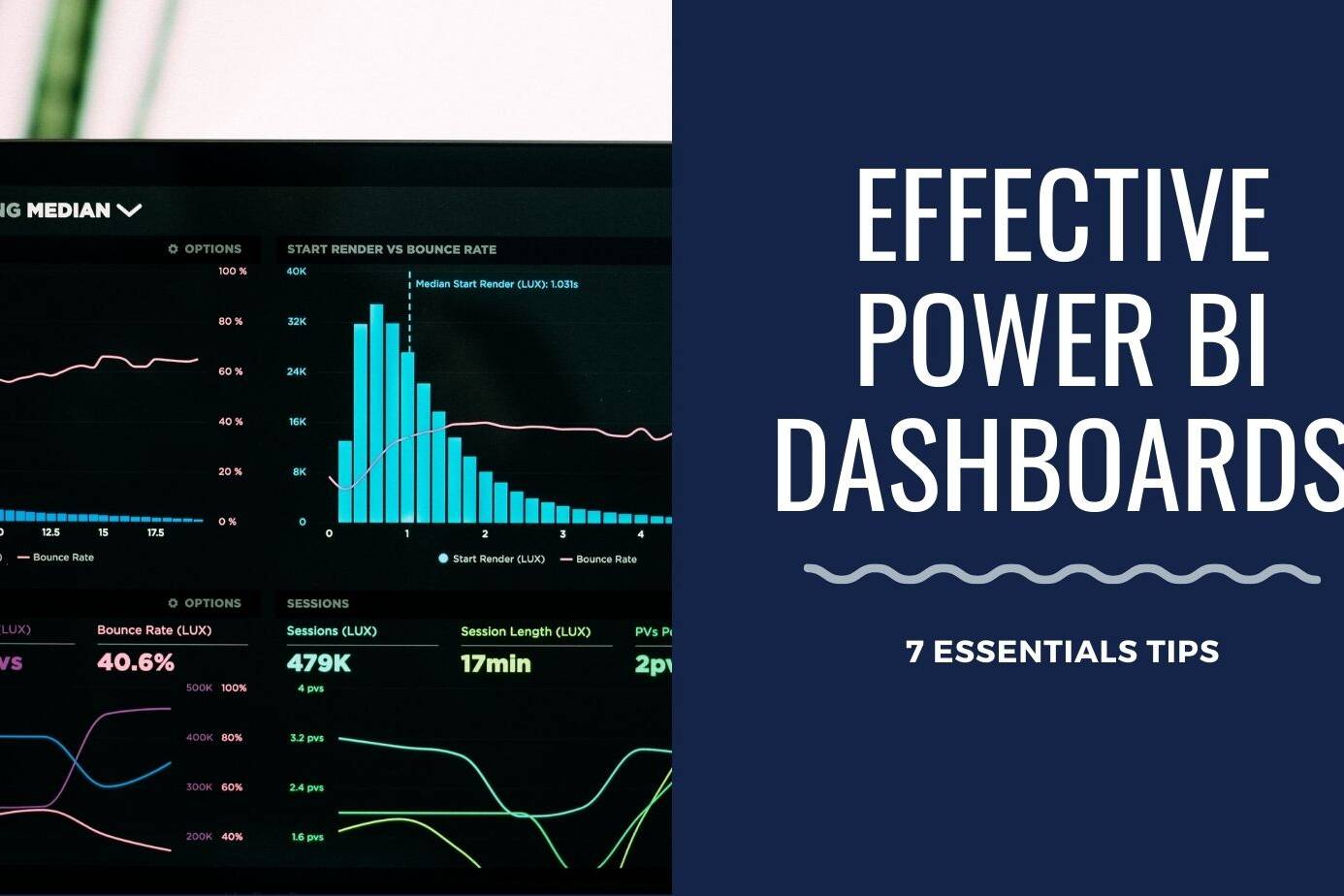We have already discussed descriptive analytics in one of our earlier articles. This article will discuss Diagnostic Analysis. Diagnostic analysis is crucial beyond simply identifying what is happening within a system or organization. It delves deeper to understand the ‘why’ behind the occurrences. This type of analysis is not content with observing surface-level trends or changes; it pushes further to uncover the underlying causes and factors that drive these changes.
At its core, diagnostic analysis is a method used to dissect complex data sets to extract meaningful insights about the past behavior of a system or process. It involves examining data patterns, anomalies, and metrics to identify relationships and cause-and-effect dynamics. This approach is akin to a detective conducting an investigation, piecing together various elements to understand a situation comprehensively.
Table of Contents
ToggleBenefits of Diagnostic Analytics
Enhanced Understanding of Trends and Anomalies
One of the primary benefits of diagnostic analytics is its ability to provide a deeper understanding of trends and anomalies within data. By identifying the root causes of specific patterns, organizations can gain a more nuanced perspective on their operations and the factors influencing them.
Data-Driven Decision Making
Diagnostic analysis empowers decision-makers with data-driven insights. This form of analysis ensures that decisions are not just based on surface-level data or gut feelings but are backed by a thorough understanding of the underlying factors and trends.
Predictive and Prescriptive Analytics Foundation
The insights from diagnostic analytics form the foundation for predictive and prescriptive analytics, other crucial types of analytics approaches for statistical analysis. Organizations can better predict future trends and prescribe effective strategies by understanding the’ why’ behind past events through the use of predictive analytics and prescriptive analytics.
Optimized Operations and Efficiency
By identifying the root causes of inefficiencies or problems, diagnostic analysis helps organizations optimize their operations. This optimization can lead to significant cost savings, improved performance, and higher efficiency.
How Do You Use Diagnostic Analysis For Product Decisions?
Identifying Product Performance Drivers
Diagnostic analysis is pivotal in understanding the drivers behind a product’s performance. By analyzing sales data, customer feedback, and other relevant metrics, companies can identify what factors contribute to the success or failure of a product.
Customer Behavior and Preferences
Understanding customer behavior and preferences is crucial for product development and improvement. Diagnostic analysis helps segment customers understand each segment’s specific needs and behaviors, leading to more targeted and effective product strategies.
Identifying Areas for Improvement
Through diagnostic analysis, businesses can pinpoint specific areas of their product that need improvement. This process might involve addressing design flaws, enhancing features, or rectifying service shortcomings, which are critical for maintaining competitiveness in the market.
Product Innovation
Diagnostic analytics can also inform product innovation. By understanding the past performance and customer reception of existing products, companies can identify opportunities for innovation and development, ensuring that new products are well-positioned to meet market demands.
Competitor Analysis
Understanding how your products stack up against competitors is crucial in today’s competitive landscape. Diagnostic analysis enables companies to analyze competitor data and market trends, providing insights into areas where they can differentiate themselves and improve their market positioning.
Conclusion
Diagnostic analysis is an invaluable tool in the arsenal of data analytics to derive valuable insights through the data and make informed decisions based on those insights. Its ability to delve into the ‘why’ behind data patterns makes it critical for organizations seeking to make informed, data-driven decisions. Whether improving existing products, innovating new ones, understanding customer behavior, or optimizing operations, diagnostic analysis provides the insights to make strategic, impactful decisions.



